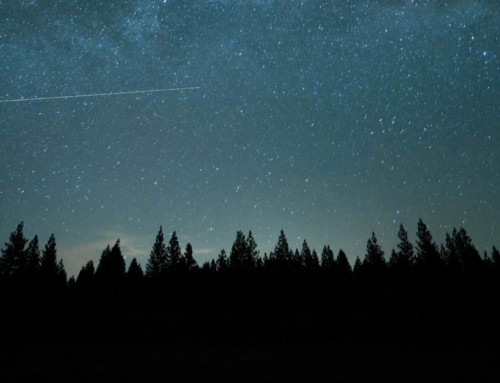So much of the world around us was shaped by the events both during and shortly after the Flood. It is our contention that the majority of the world’s fossils were formed during the Flood, and most of the rest formed during local flood events shortly after, as waters on the continents were dispersed. We also argue that a great many of the world’s geological features formed during the Flood, or shortly after. Therefore, a lot of what we see in the world is either as a direct or indirect result of the Flood.
It follows that a book concerning issues to do with the Flood should be an essential part of an evangelical library. Such books do indeed exist, but, for the most part, they tend to be highly technical. Where there are articles or chapters of books that deal with the Flood in a non-technical sense, these tend not to be comprehensive. It seemed to us at Creation Today that an easy-to-read yet reasonably comprehensive book about the Flood was needed. Don’t Miss the Boat is my attempt to fill that gap.
The book starts with a number of expositions of the relevant chapters in Genesis. Then I added a section on history. This includes ancient history—looking at how civilizations developed after the Flood—and more recent history—looking at how and why our society stopped believing in the Flood.
In the important science section, I have tried to explain the concepts in a manner free from undefined scientific jargon, so that readers can get an appreciation of what the biblical position is, for example, on plate tectonics, fossils and radiometric dating.
In order to explain my thoughts on what the world might have been like before the Flood, I have included four short stories, because some artistic license is required. Finally, the book closes with a section entitled The Gospel According to Noah, because the biblical account of the Flood is soaked through with the Gospel of Jesus Christ, which helps to explain why Jesus was so adamant in reporting it as a historical fact.
In order to involve small groups or individuals in the study of this book, we have produced a short curriculum, comprising of six 15-minute talks. These help to immerse the viewer in the book, together with the downloadable study guide.
I think, or rather I hope, that you will find this book both an eye-opener and a page-turner, as you get to know about the most catastrophic event in history.







